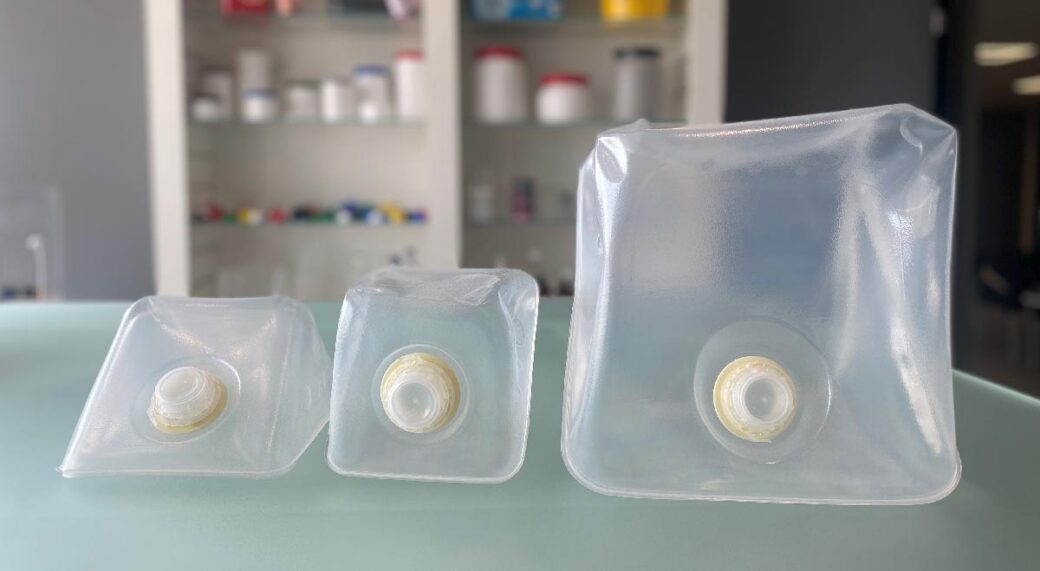What is a UN approval?
Some of our packaging has UN approval and is therefore suitable for the packaging of hazardous substances. We will tell you more about UN approvals in this article.
United Nations
Packaging that is used to transport hazardous substances must be certified. This is done according to standards set by the United Nations (UN). The organisation that is responsible for setting and regulating these standards is the United Nations Economic Commission for Europe (UNECE). UN certification is part of a universal system for the classification, packaging, certification and labelling of hazardous products, with a view to ensuring safe transport. National and international transport of hazardous substances via road, rail, water and air transport are all based on this ADR, GHS and UN system.
Testing
In order to receive UN certification, the packaging is tested. Tests such as the fall test show that the packaging is suitable for transporting hazardous substances. The tests are carried out under specific conditions.
Certification
After UN approval or certification, an indelible number is stamped on the packaging. A UN certification appears as follows:

UN is the symbol for the United Nations approval for hazardous substances.
3H1 stands for the type of packaging; in this case a plastic jerrycan with non-removable lid. 1H2 stands for a plastic open top drum.
The letters X, Y or Z indicate the packaging group in which the package has been tested.
- X = Packaging group I (highest hazard classification)
- Y = Packaging group II (moderate hazard classification)
- Z = Packaging group III (lowest hazard classification)
If packaging has been tested to the highest hazard classification, then that packaging can be used for substances with a lower hazard classification. Then the following applies to the content of the packaging:
- X = suitable for substances from Packaging group I, II and III
- Y = suitable for substances from Packaging group II and III
- Z = suitable for substances from Packaging group III
1.9 indicates the maximum specific weight of the liquid to be packed. In the case of solids, the number indicates the maximum permitted gross weight (in kilograms) of the packaging including the contents. This is therefore 81 kg in the example.
200 stands for the maximum hydrostatic pressure (inside pressure) that the packaging can withstand for liquid substances, given in kilopascals (kPa) and rounded down to the nearest 10 kPa. An S indicates solids.
19 indicates the year of production. The UN approval for plastic packaging may not be older than 5 years. In the second example the year is not shown because the UN approval was on a general document of the packaging. The packaging always has the production year stated on it.
D stands for the country where the approval was carried out, in this example Germany and the Netherlands (NL).
The last series of symbols identifies the party that certified the packaging. This is shown in the form of a name, symbol of the manufacturer or code of the body.
We care. We do. We fulfill.
Do you want to know which packaging you need for transporting hazardous substances? Ask us for advice. Our specialists will be pleased to help you!








